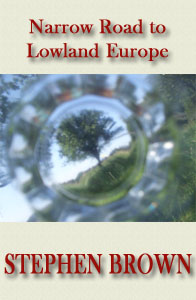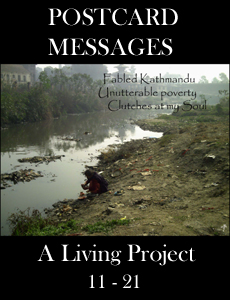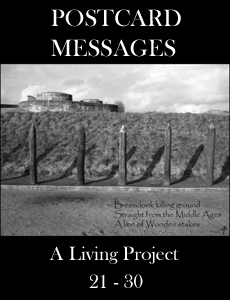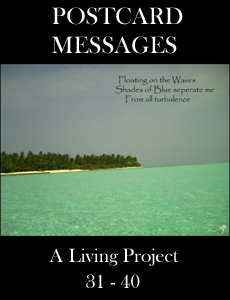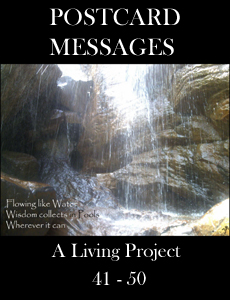
The art of Haiku is an ancient Japanese form of poetry, each three line verse either standing on its own or linked to a number of others in a related series. Traditionally, they are non-rhyming, three-line poems dedicated to the celebration of Nature.
They follow a strict regimen of syllables, with 5-7-5 being the accepted standard, although even the great Matsuo Basho (1644-1694), perhaps the best-loved exponent of haiku of all time, strayed occasionally.
I started experimenting with haiku in 2008 after reading Noboyuki Yuasa’s translation of The Narrow Road to the Deep North, Basho's best known work. Yuasa, pointing out the differences between the Japanese and English languages, suggests that a four line verse suits the English language better, so some of my earlier haiku, like his own translations, take this form. However, I soon reverted to the traditional three-line structure, preferring the unique set of challenges it presents to the writer - by stripping away all the superfluous words, the core of what you are trying to say becomes beautifully exposed.
Very quickly I grew to love haiku and its wonderful simplicity. It is a joy to compose and write. Given that Basho is considered the father of modern day haiku, I am in the process of making my own efforts into a travel journal in a similar vein to The Narrow Road… This will no doubt take some time though, so you can pop along here as often as you like to see it grow.
When you read haiku it is important to remember the mind-set in which it is written and should also be looked at with a focus on introspection, simplicity and the beauty and bounty of the World around us. If I was being properly respectful I would claim to wish that one day my haiku could be as good as Basho’s, but of course in reality I know they are already better!!
They follow a strict regimen of syllables, with 5-7-5 being the accepted standard, although even the great Matsuo Basho (1644-1694), perhaps the best-loved exponent of haiku of all time, strayed occasionally.
I started experimenting with haiku in 2008 after reading Noboyuki Yuasa’s translation of The Narrow Road to the Deep North, Basho's best known work. Yuasa, pointing out the differences between the Japanese and English languages, suggests that a four line verse suits the English language better, so some of my earlier haiku, like his own translations, take this form. However, I soon reverted to the traditional three-line structure, preferring the unique set of challenges it presents to the writer - by stripping away all the superfluous words, the core of what you are trying to say becomes beautifully exposed.
Very quickly I grew to love haiku and its wonderful simplicity. It is a joy to compose and write. Given that Basho is considered the father of modern day haiku, I am in the process of making my own efforts into a travel journal in a similar vein to The Narrow Road… This will no doubt take some time though, so you can pop along here as often as you like to see it grow.
When you read haiku it is important to remember the mind-set in which it is written and should also be looked at with a focus on introspection, simplicity and the beauty and bounty of the World around us. If I was being properly respectful I would claim to wish that one day my haiku could be as good as Basho’s, but of course in reality I know they are already better!!

